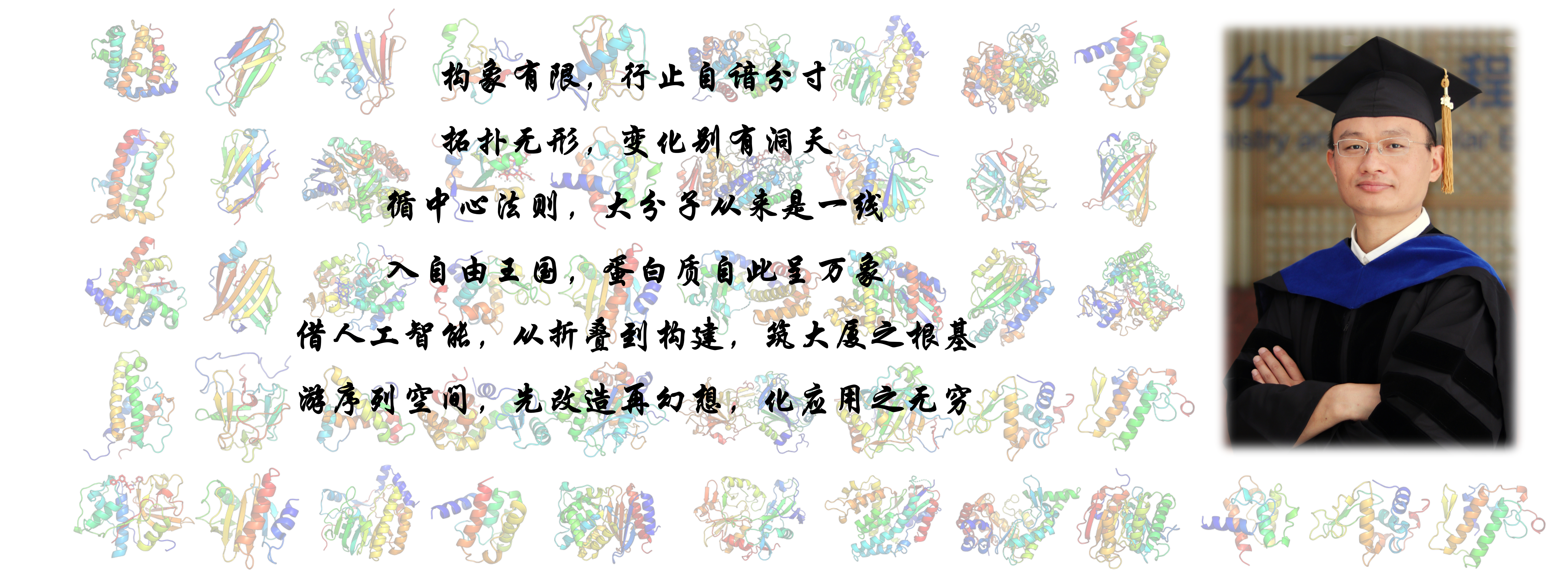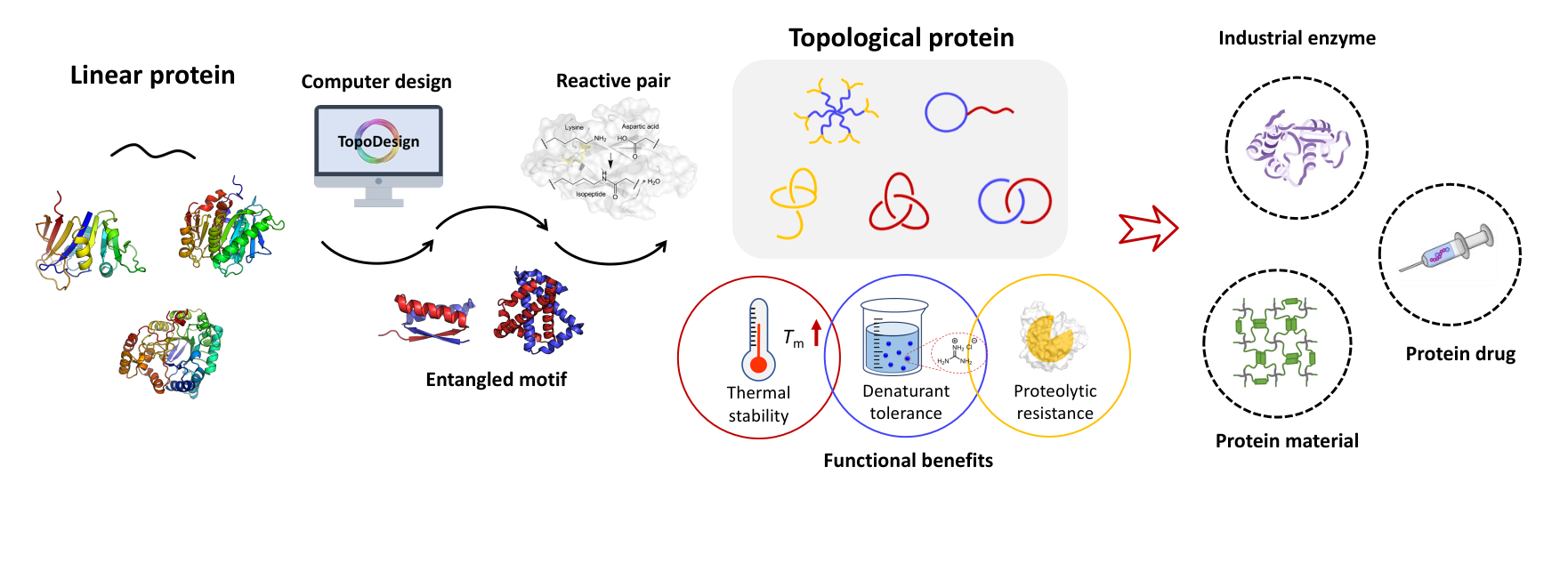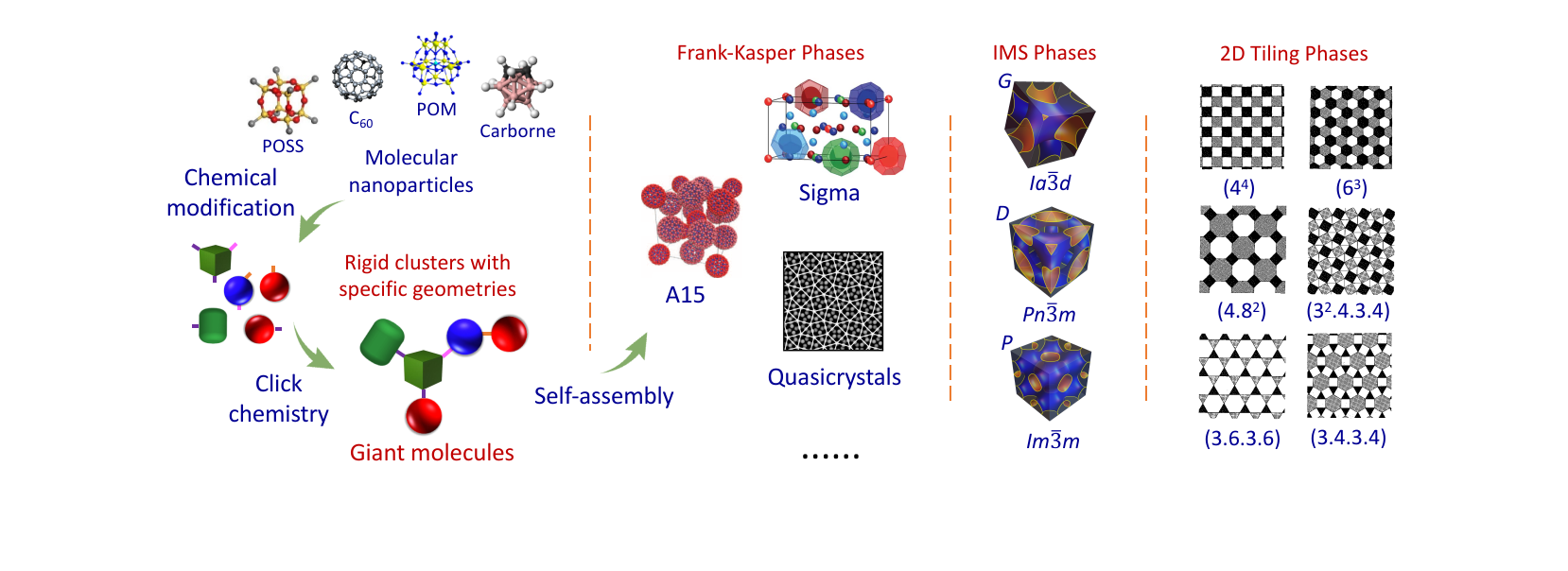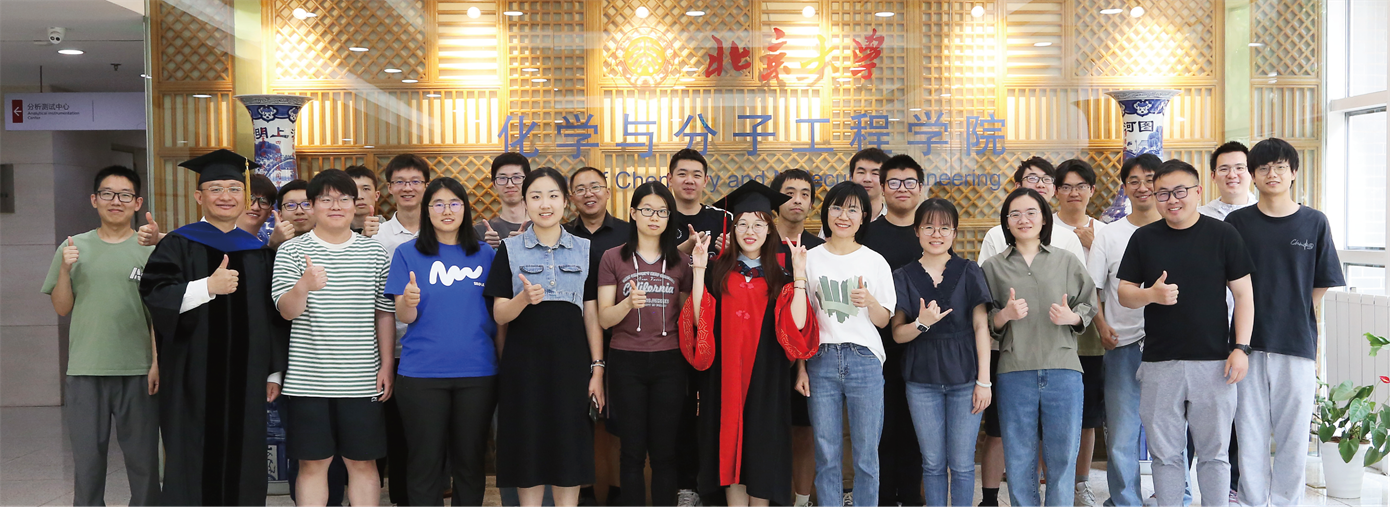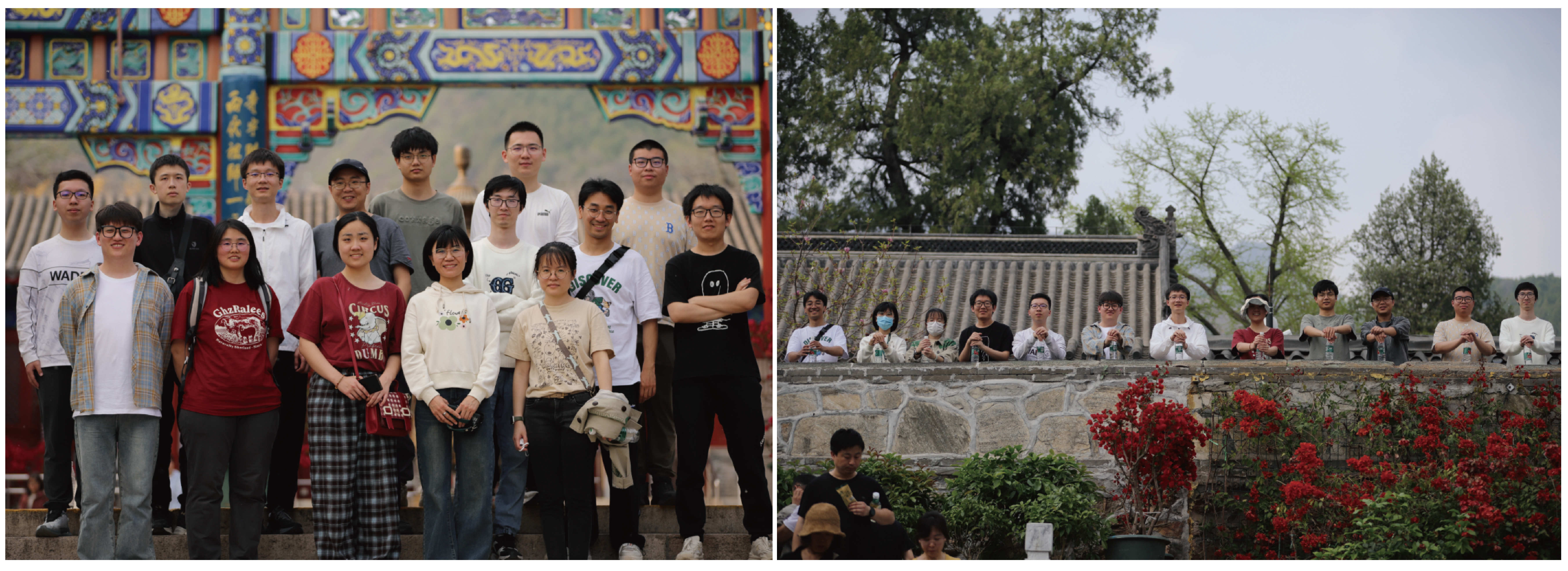Quotes
----------------------------------------------
-----------------------------------------------
在科学上没有平坦的大道,只有那些不畏艰险沿着陡峭山路攀登的人,才有希望达到光辉的顶点。
----马克思
-----------------------------------------------
Research Projects
Collaborations
------------------------------------------
请有兴趣的研究组联系我们。欢迎任何形式的合作,尤其是在自组装、水凝胶以及生物医药等方向的合作。
------------------------------------------
请有兴趣的研究组联系我们。欢迎任何形式的合作,尤其是在自组装、水凝胶以及生物医药等方向的合作。
------------------------------------------
Publications
24. Giant Molecular Shape Amphiphiles Based on Polystyrene–Hydrophilic [60]Fullerene Conjugates: Click Synthesis, Solution Self-Assembly, and Phase Behavior. J. Am. Chem. Soc. 2012, 134, 7780-7787
Posted on:2016-04-26
Yu, X.; Zhang, W.-B.; Yue, K.; Li, X.; Liu, H.; Xin, Y.; Wang, C.-L.; Wesdemiotis, C.; Cheng, S. Z. D.* Giant Molecular Shape Amphiphiles Based on Polystyrene–Hydrophilic [60]Fullerene Conjugates: Click Synthesis, Solution Self-Assembly, and Phase Behavior. J. Am. Chem. Soc. 2012, 134, 7780-7787. [Link] [PDF]

Abstract
This paper reports a comprehensive study on the synthesis and self-assembly of two model series of molecular shape amphiphiles, namely, hydrophilic [60]fullerene (AC60) tethered with one or two polystyrene (PS) chain(s) at one junction point (PSn–AC60 and 2PSn–AC60). The synthesis highlighted the regiospecific multiaddition reaction for C60 surface functionalization and the Huisgen 1,3-dipolar cycloaddition between alkyne functionalized C60 and azide functionalized polymer to give rise to shape amphiphiles with precisely defined surface chemistry and molecular topology. When 1,4-dioxane/DMF mixture was used as the common solvent and water as the selective solvent, these shape amphiphiles exhibited versatile self-assembled micellar morphologies which can be tuned by changing various parameters, such as molecular topology, polymer tail length, and initial molecular concentration, as revealed by transmission electron microscopy and light scattering experiments. In the low molecular concentration range of equal or less than 0.25 (wt) %, micellar morphology of the series of PSn–AC60 studied was always spheres, while the series of 2PSn–AC60 formed vesicles. Particularly, PS44–AC60 and 2PS23–AC60 are synthesized as a topological isomer pair of these shape amphiphiles. PS44–AC60 formed spherical micelles while 2PS23–AC60 generated bilayer vesicles under identical conditions. The difference in the self-assembly of PSn–AC60 and 2PSn–AC60 was understood by the molecular shape aspect ratio. The stretching ratio of PS tails decreased with increasing PS tail length in the spherical micelles of PSn–AC60, indicating a micellar behavior that changes from small molecular surfactant-like to amphiphilic block copolymer-like. For the series of PSn–AC60 in the high molecular concentration range [>0.25 (wt) %], their micellar morphological formation of spheres, cylinders, and vesicles was critically dependent upon both the initial molecular concentration and the PS tail length. On the other hand, the series of 2PSn–AC60 remained in the state of bilayer vesicles in the same concentration range. Combining both of the experimental results obtained in the low and high molecular concentrations, a systematic morphological phase diagram was constructed for the series of PSn–AC60 with different PS tail lengths. The versatile and concentration-sensitive phase behaviors of these molecular shape amphiphiles are unique and have not been systematically explored in the traditional surfactants and block copolymers systems.


